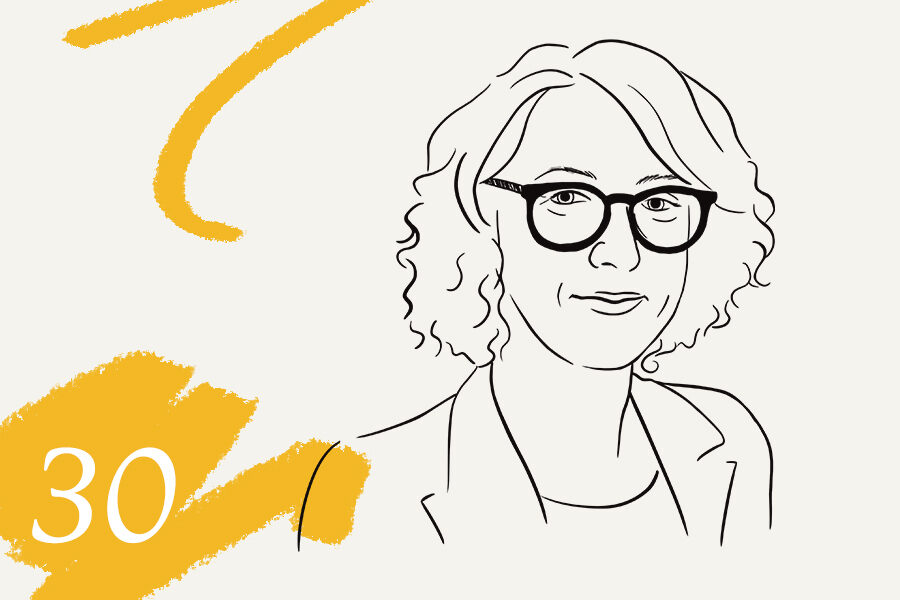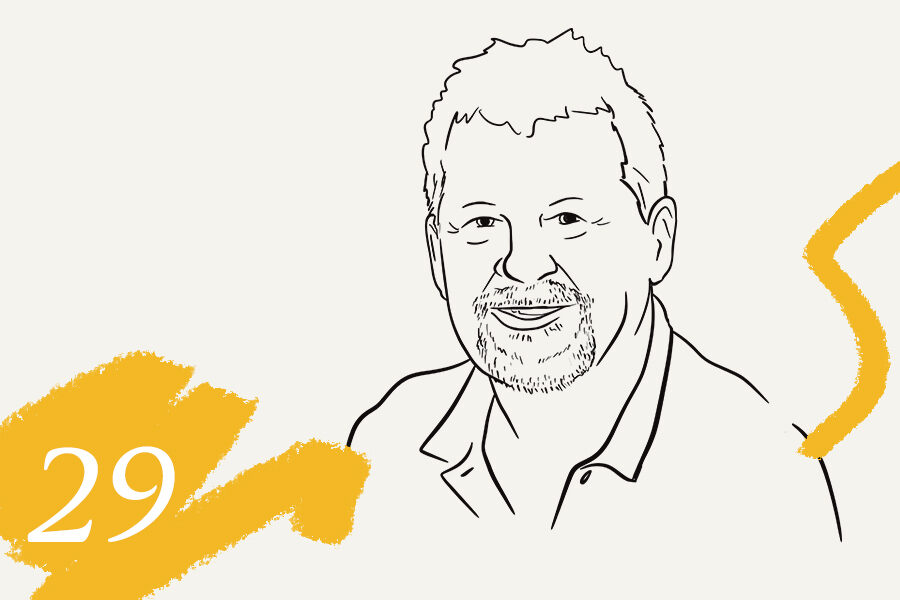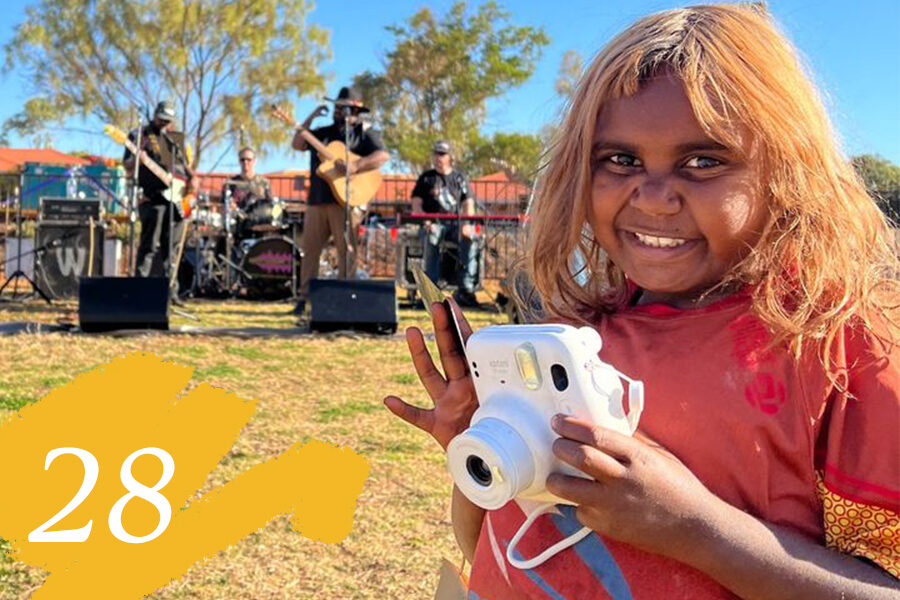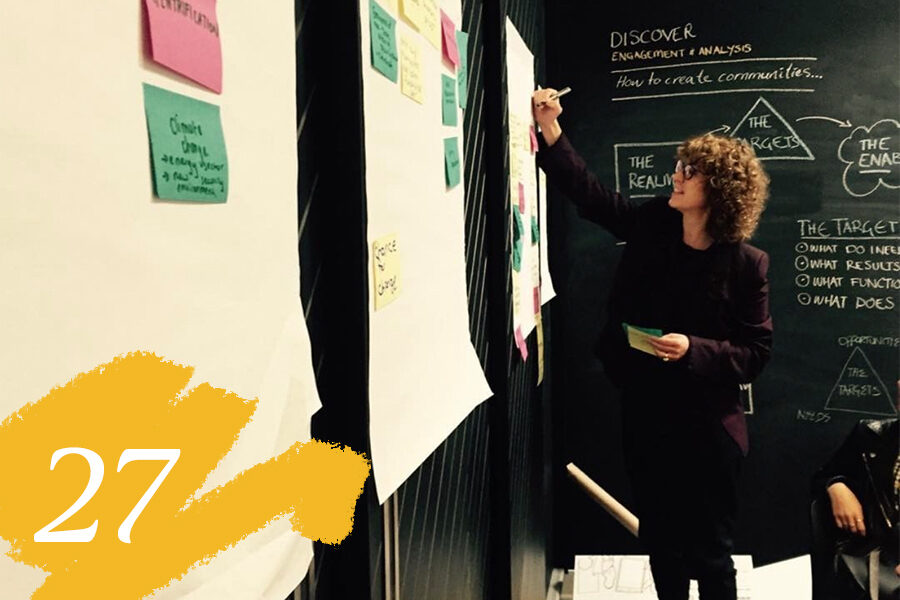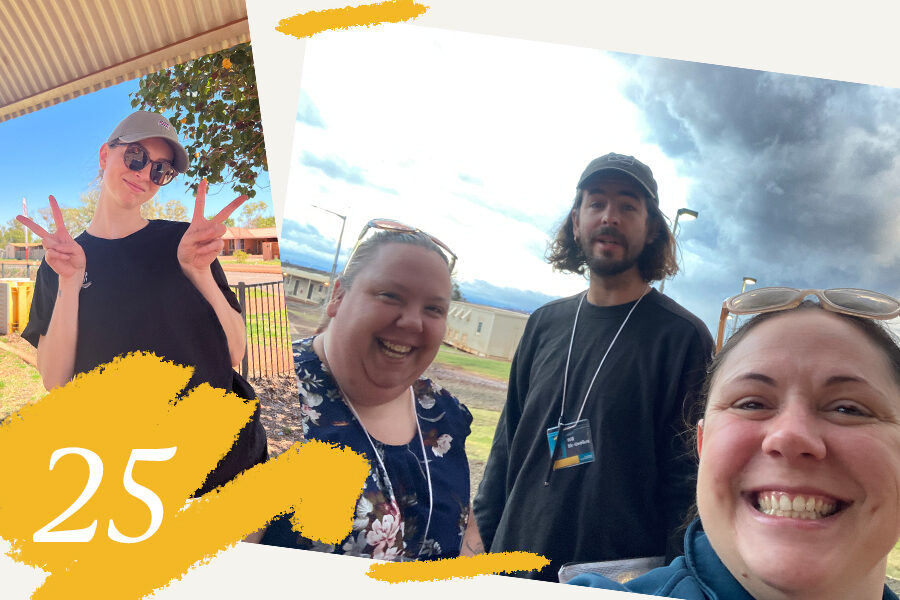The consideration of the social impact that industry has on communities, particularly host communities in the resource sector, has been increasingly and appropriately the focus of government and business for decades.
From how we evaluate how businesses conduct their operations to what we purchase (and from where), social impacts are becoming increasingly important.
We met Jessica Barker, Collective Impact Lead at Creating Communities Australia, to discuss how social impact has played out in her sphere.

CCA30: First up, can you define and unpack social investment in the resource sector for us?
JB: In simple terms, Social Investment is about investing into the community needs within a host community – that is, a community primarily formed around a mining opportunity.
Social investments in the resource sector are about investment opportunities that create shared value, building both the business and the host community.
CCA30: What are ‘host communities’?
JB: Host communities live within the vicinity or are impacted by a nearby mining operation. People that live within the community have been or could be directly affected by exploration, construction or operational activities. A host community may include community members that aren’t associated with the mining operation.
CCA30: Resource sector companies have poured billions into the towns in which they operate – to what extent are these investments altruistic versus commercially prudent?
JB: It’s reasonably both, but for investment to deliver shared value within its business, it needs to align with its commercial objectives.
Mining companies operating in regional areas thrive in safe, stable and vibrant communities. Therefore, if you are fostering a safe, liveable environment through social investment, you are also contributing towards a stable operating environment for your business.
For example, if there is inadequate access to childcare this may affect the stable operating environment of the mine site or the liveability of employees.
The stable operating environment also shapes how attractive that community is as a place to live and raise a family.
CCA30: What’s the scope of social investment? Is it the purview of the mining operator alone, or is it broader?
JB: It’s undoubtedly broader. It includes all levels of government as well as the day-to-day business practices and locally-based supply chain decisions that can build shared value in these liveable communities. For the mine operator, it’s not simply what’s achievable within a particular budget but what else is possible through the business.
When decisions are approached more broadly, it fosters a far deeper culture of community and belonging within the host community.
As stakeholders take a holistic view of social investment to include all actions that create shared value, host communities can embrace elements such as shopping local, supply-chain decisions, and Town Team Movement activations through the lens of social investment.

CCA30: At face value, there’s a significant power imbalance between ‘large mining company’ and ‘host community member’. How is that tension managed so that outcomes are collaborative?
JB: There’s a degree to which that feeling will always be unavoidable, but it’s shaped significantly by the town’s culture.
Historically, there has been a presumption that the mine operator should fund a range of investments, but I have increasingly seen the community recognise that many of these investments should fall upon the government and others shouldered within the community.
CCA30: What shapes those social investment decisions? Is it all about the host community’s needs?
JB: The host community’s needs are just one of the determinants of social investment; there are many factors. These include global commodity prices, mine life, and geopolitical stability.
As a result, the social investments of mining operators should be agile and innovative. They are more likely to be responsive to a guiding coalition collaborating to produce a workable strategy that needs funding rather than charting a strategy that factors beyond their control could derail.
The other strategy often pursued in these scenarios is joint funding initiatives – often between the mining operator and the state government. It also opens the door to smaller players within the host community to get involved in economic benefits through partnership.
CCA30: There are layers of complexity and benefit in the approach to social investment that you’re suggesting. How does that practically unfold within host communities?
JB: Exactly right. The resource companies we partner with want to build sustainable living environments. This is often activated by mobilising and supporting local businesses – or providing appropriate training structures. Training people already on the ground facilitates proud, equitable outcomes, reinforcing the community’s culture.
A budget is one thing, but so is feeling represented and being advocated for at higher levels of influence, and so are all the micro-decisions that create shared value within the community.
CCA30: How has social investment responded to community aspirations of First Nations’ peoples?
JB: The ‘staying at home’ strategy is a great example.
Newman is one of the closest towns to the Western Desert communities. There is a sizeable Martu population in Newman. Unfortunately, there was no access to services in the Western Desert communities, so when they needed essential services like health services, they had to make the journey into town.
As part of our ongoing work on the Newman Futures project, we collaborated with our partners and stakeholders to ensure Martu communities living in the Western Desert can stay on, or quickly get back to Country through a project being rolled out by Puntukurnu Aboriginal Medical Service to deliver telehealth services.
Not will not only will this technology and infrastructure reduce the need for Martu people living in remote Western Desert communities to travel thousands of kilometres for essential services and health appointments, but it will also ensure they have access to first class health and digital infrastructure in the event of a Covid-19 lock-down.
CCA30: And the results? What were the outcomes?
JB: Social Ventures Australia did an evaluation report that was qualitatively and quantitatively highly positive. So, it’s a genuine game-changer for something that is a fundamental right of any Australian.

CCA30: This sounds like satisfying work from a personal point of view.
JB: I believe in the ability of businesses, governments and communities to come together to deliver shared value. We all have our part to play, particularly when we see such social disadvantage around us in a wealthy country like Australia.
Important things happen when we collaborate and identify social investment approaches that align those different entities. It completely resonates with my values. What makes this even better is working with clients committed to the same vision. And perhaps greatest of all, I get to sit alongside First Nations people, listen to their stories and learn from them. It’s an enormous privilege, and I sometimes pinch myself that I get these opportunities.
